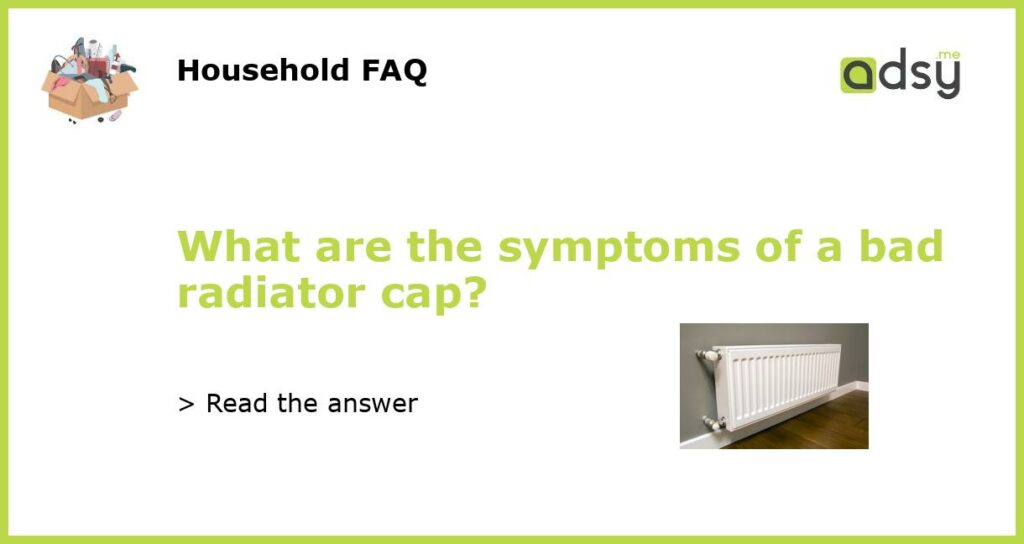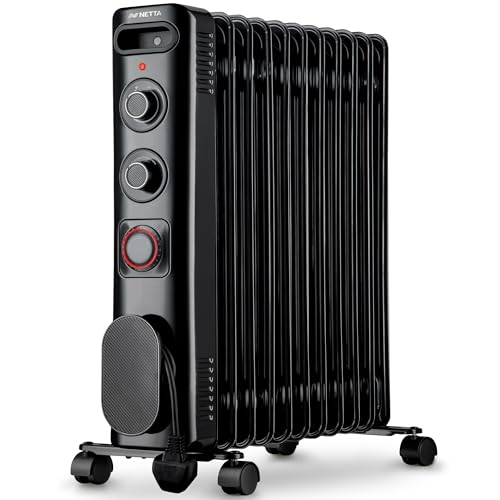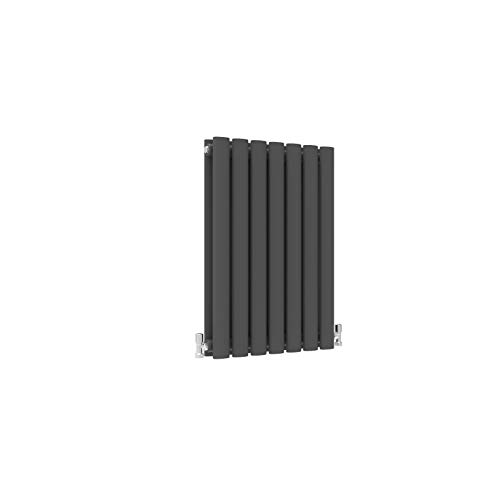Symptoms of a Bad Radiator Cap
A car’s radiator cap is a small component but plays a crucial role in the cooling system. It keeps the right amount of pressure in the cooling system and prevents the engine from overheating. However, like other parts, radiator caps also wear out over time. A faulty radiator cap can lead to several problems, including engine overheating. In this article, we will discuss some common symptoms of a bad radiator cap.
Coolant Leakage
If you notice some drops of coolant under your car, it may be a sign of a bad radiator cap. The cap may not be able to hold the right amount of pressure and allow coolant to leak from the overflow tube. Moreover, if you see the coolant level going down frequently, you might have a leaking radiator cap.
High-pressure Release
A typical radiator cap operates at around 13 to 16 pounds per square inch (psi). The spring inside the radiator cap allows the system’s pressure to build up and release heat. However, if the radiator cap is faulty, it may not hold the pressure, leading to potential hazards. You may hear loud noises or see leaking coolant due to high-pressure release.
Engine Overheating
The radiator cap is responsible for regulating the pressure in the cooling system. If the cap fails to maintain the right pressure, it can cause engine overheating. When there is low pressure in the system, the boiling point of the coolant decreases, leading to higher than normal engine temperatures.
Puddles beneath the Car
If you notice puddles beneath your car, it might signify a coolant leak due to a bad radiator cap. The overflow tube connects to the radiator cap and allows excess coolant to pass to the reservoir. If it’s a faulty cap, it may not hold the right amount of pressure, leading to coolant leakage and puddles beneath the car.






